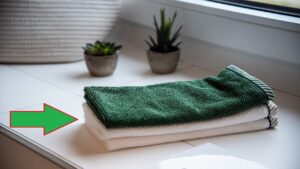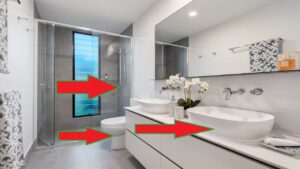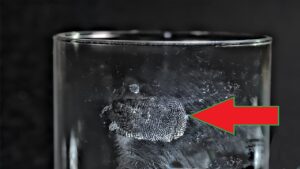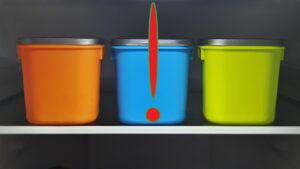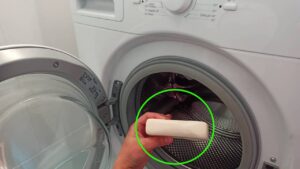How to Clean Radiators Before You Start Using Them Again
Just as we clean our air conditioners and ensure they’re working in spring to avoid any issues during the hot summer months, it’s a good idea to prepare our radiators for winter in advance. This way, we can ensure they are clean and functioning properly before the cold weather sets in. Doing this early can help us avoid last-minute problems and the inconvenience of trying to find technicians when they are busy during the winter season. The reason for this is that if something doesn’t work, we now have all the time in the world to call the technicians to fix it. But if we wait until winter, we might have to endure a period without heating while waiting for repairs to be done.
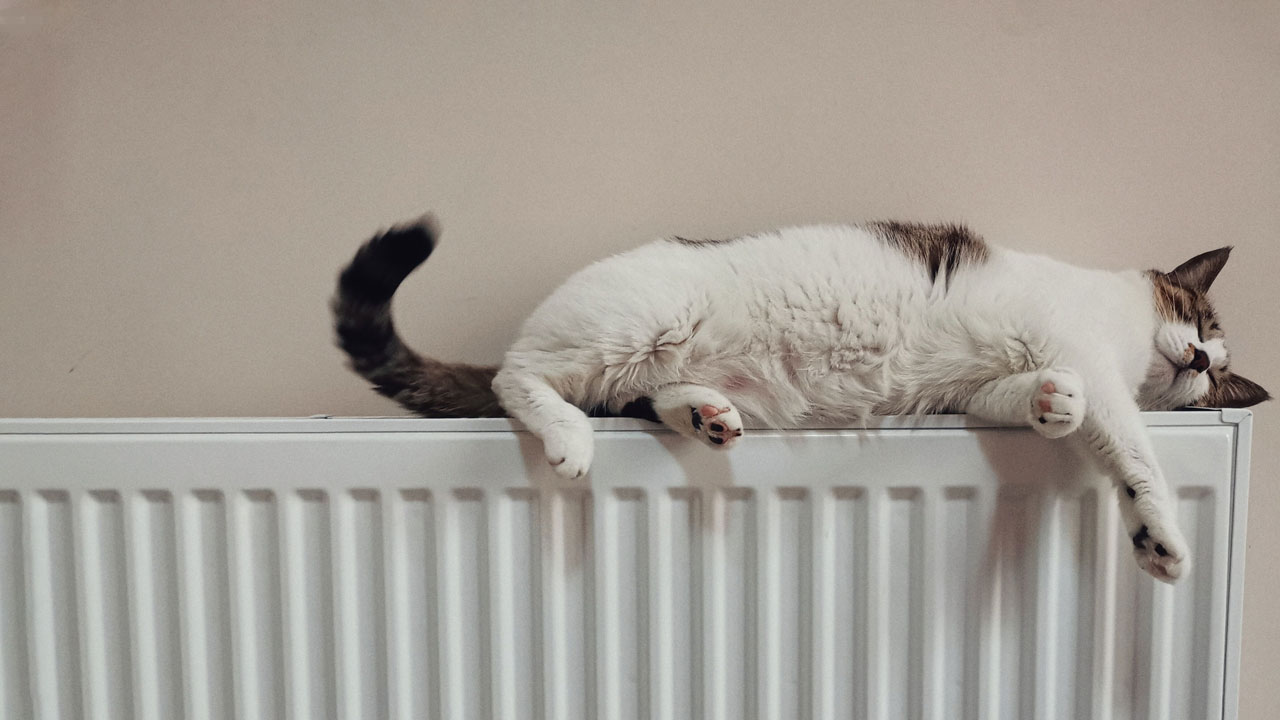
Advice on how to clean radiators
Better safe than sorry, even when it comes to radiators. The issue is that after not using them for several months, radiators can accumulate dust and dirt, potentially leading to malfunctions.
Since nobody wants to be left without heating in the winter, particularly when it’s freezing, it’s a smart move to begin cleaning your radiators now. Here’s a simple and efficient procedure to clean radiators in the shortest time possible:
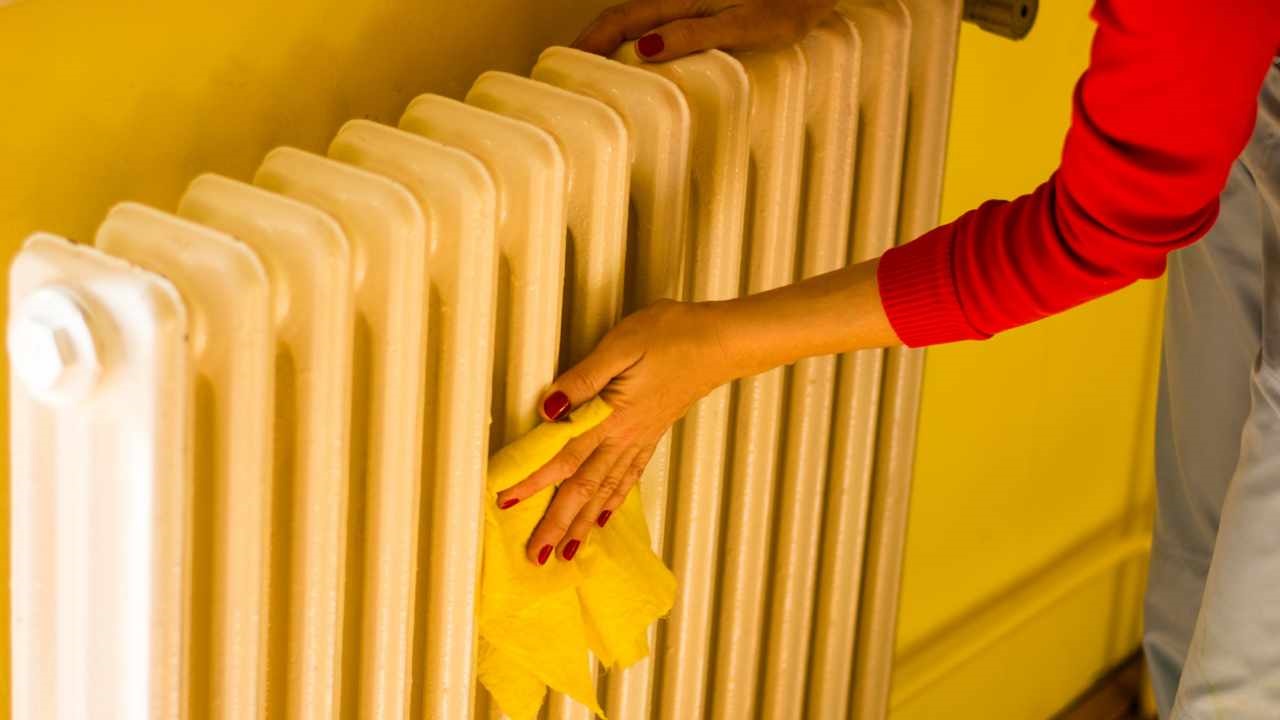
- Grab a dust-catching cloth and run it over all parts of the radiator to eliminate dust, dirt, and cobwebs.
- Prepare a cleaning solution by mixing warm water with Marseille soap in a bucket. Alternatively, you can make a solution using hot water, half a glass of white wine vinegar, and half a glass of alcohol. Moisten a microfiber cloth in one of these solutions, wring it out, and use it to wipe the radiator once more, ensuring you remove any remaining dirt. Repeat this operation several times until the cloth comes out clean.
Once the radiator has been cleaned, check that it works and that no air is trapped inside it. Place a basin beneath the radiator valve and slightly open the vent valve to release any trapped air. Once the water starts to flow out, close the valve. In theory, your radiator should be working well again.
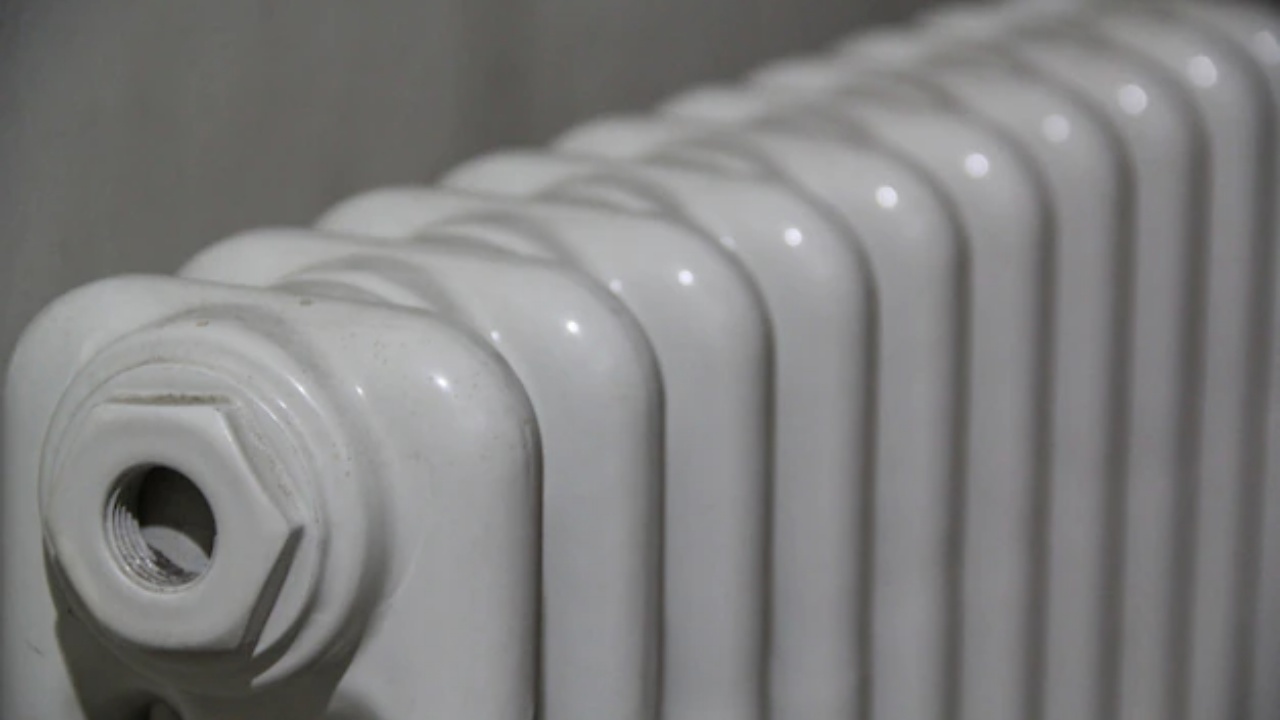
However, sometimes you may need to clean the interior of the radiator as well. To do this, you must:
- Turn off the heating and work only with cold radiators.
- Place an old sheet or towel to protect the floor.
- Turn off the valves on both ends of the radiator. For the thermostat valve, typically turn it clockwise to the “0” position. To close the radiator valve, remove the protective plastic cap and use a wrench to turn the valve clockwise.
- With a wrench or spanner, loosen the nut that connects the thermostatic valve to the radiator.
- Place a large basin under the thermostatic valve and open the bleed valve.
- Loosen the nut on the other side of the radiator to let the dirty water flow out from that end as well.
- Close the bleed valve.
- In theory, once you’ve loosened the nuts on both sides, the radiator should detach from the wall.
- Wash the entire radiator thoroughly.
- Reconnect the radiator to the wall, tighten the nuts, and open both valves.
- If necessary, bring the boiler back to pressure.
If this last maneuver is not within your scope, it is better to have a professional handle it to prevent any potential damage.
